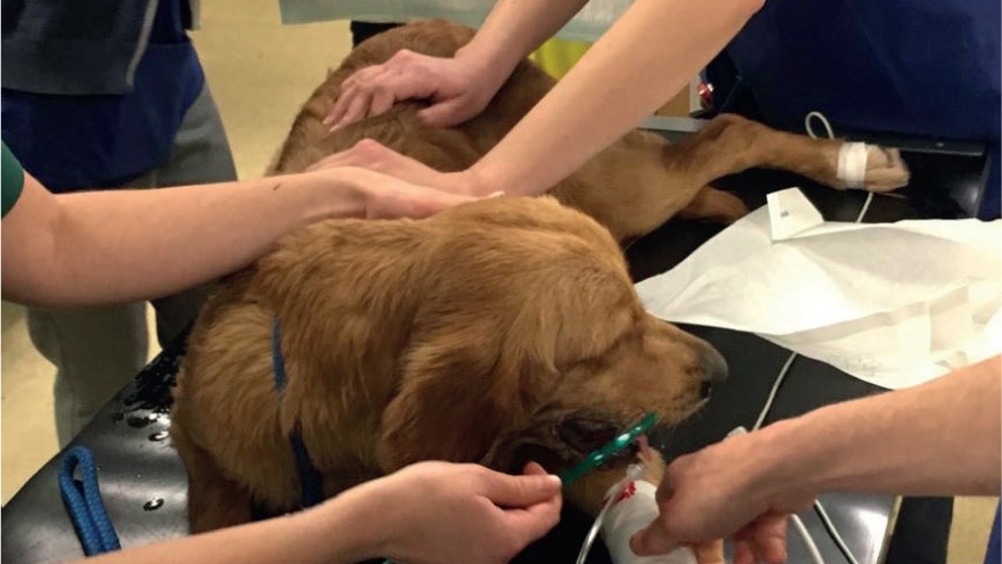References
ARDS: acute respiratory distress syndrome

Abstract
Respiratory distress is a common presentation in an emergency and critical care setting. Acute respiratory distress syndrome (ARDS) is an acute onset condition where the lungs cannot provide the patient's vital organs with enough oxygen. ARDS can occur as a result of several underlying triggers. It is important that veterinary nurses know what to look out for in these patients, and how to appropriately nurse them to ensure they are not compromised further.
Acute respiratory distress syndrome (ARDS) is a severe respiratory disease that has not been well represented in veterinary medicine. Extensive research around this condition has been conducted in human medicine over the last 40 years, but in veterinary medicine the true incidence in animals is still unclear. Currently, this condition is much less common in animals than in people, however there are more cases published in the associated literature regarding dogs than cats. With the ever-increasing number of veterinary critical care facilities and the greater number of owners willing to pursue extensive treatment in critically ill animals, there will no doubt be an increase in the frequency of ARDS cases being identified and treated (Carpenter et al, 2001). ARDS occurs when there is a diffuse inflammation across the lung tissue. ARDS can develop as a result of a primary condition (e.g. pneumonia) or a systemic problem (e.g. trauma or sepsis) (Cavanagh, 2019).
Register now to continue reading
Thank you for visiting The Veterinary Nurse and reading some of our peer-reviewed content for veterinary professionals. To continue reading this article, please register today.

